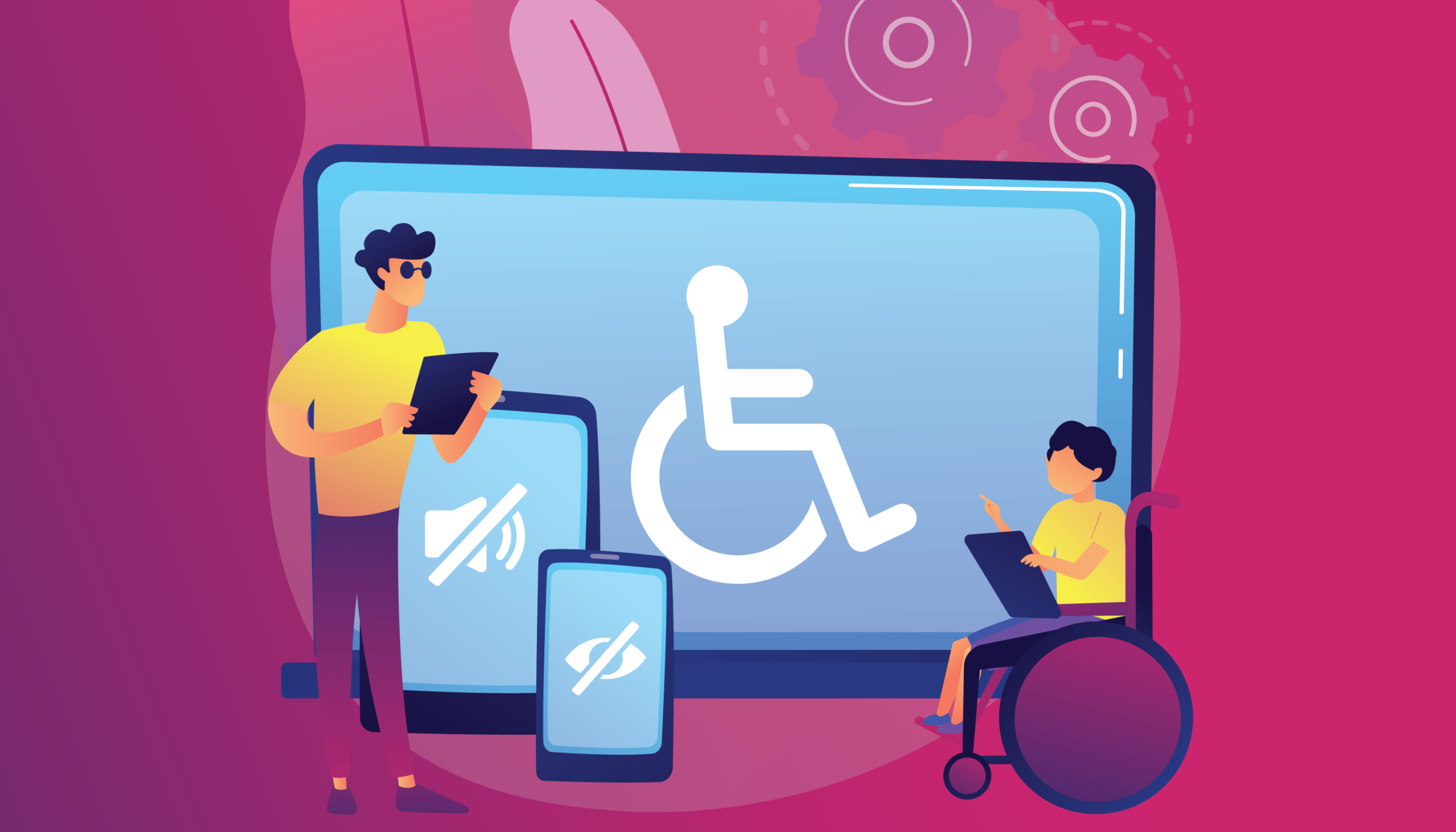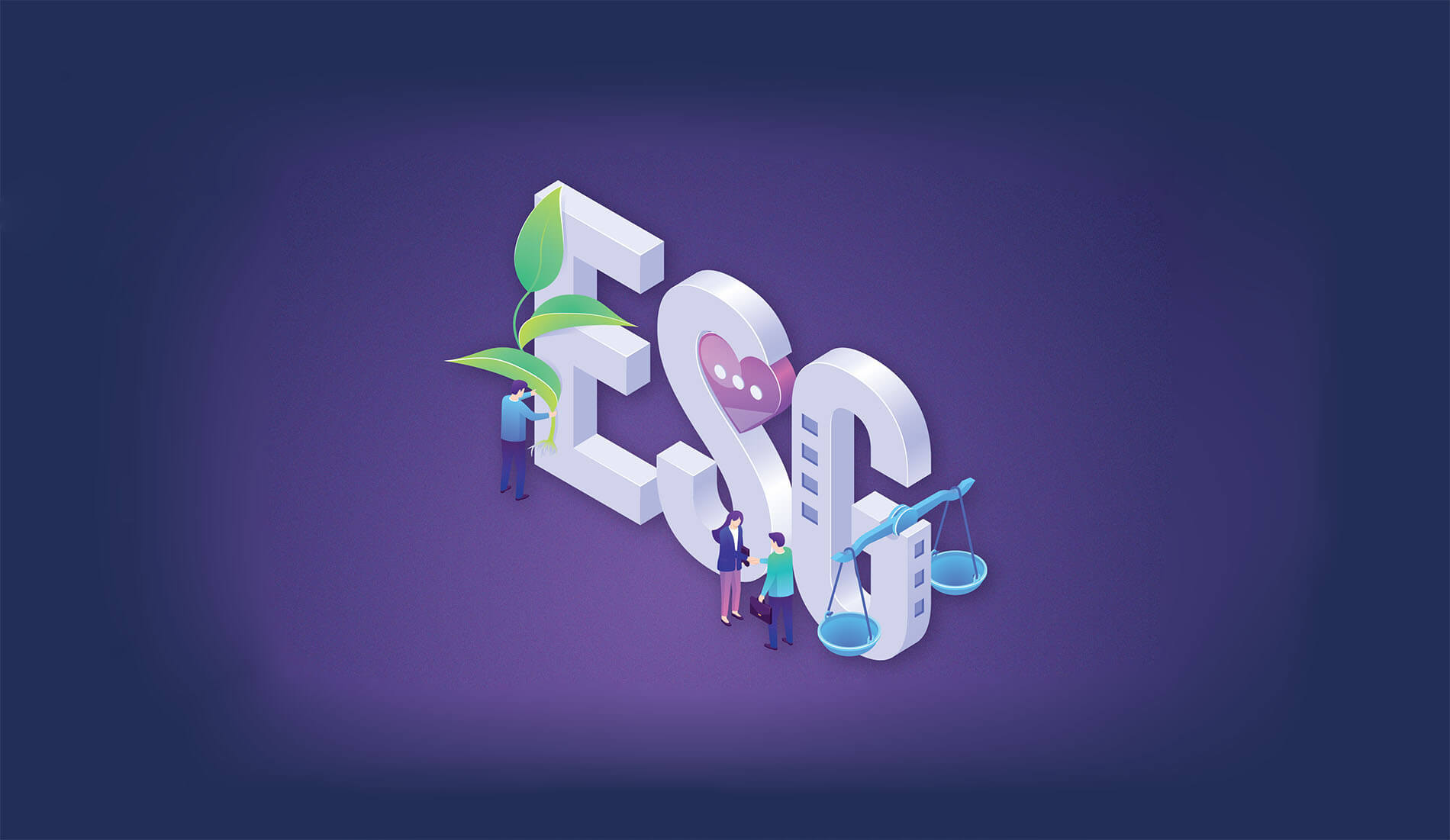
Environmental, Social and Governance
(5 minutes of reading time) ESG is an approach that evaluates the work of a corporation in favor of social and environmental objectives, that is, it evaluates if a company is only concerned with maximizing its profits or if it is also concerned with the pillars to improve society. As we said earlier, ESG stands for: Environmental, Social and Governance. And here is a brief explanation for each of these themes: Environmental: are the practices of a company or entity focused on the environment. This theme deals with issues such as: global warming, emission of polluting gases, air and water pollution, deforestation, waste management; energy efficiency, biodiversity etc. Social: is related to the social responsibility of a company and deals with topics such as: human rights, labor laws, occupational safety, gender diversity, race, ethnicity, creed, customer satisfaction, data, and privacy protection, pay equity, etc. Governance: here in governance, it means corporations need to have transparent administrative policies. The topics listed here are corporate conduct, anti-corruption practices, existence of reporting channels on cases of discrimination, harassment and corruption, internal and external audits, respect for consumer, supplier and investor rights, data transparency, executive compensation, etc. Today, ESG is synonymous of socio-environmental responsibility, which is why large companies are so committed to following these pillars. HOW DID ESG ARISE? The term ESG was used for the first time in 2004, in a report made by the Global Compact, an arm of the United Nations that, together with the World Bank, are responsible for engaging companies around the world to adopt principles in the areas of human rights, labor, environment, and anti-corruption. Gradually, the acronym replaced the term “sustainability” and became the way to refer to socially responsible, environmentally sustainable, and properly managed companies. THE IMPORTANCE OF ESG IN BUSINESS We can no longer ignore the damage done to the environment. Nor can we ignore social differences and inequality. So ESG companies can, little by little, contribute to making a different world. With responsibility and the right resources, they can take positive climate action, building a more sustainable and resilient future. Not to mention that companies with good ESG practices are at less risk of facing legal, labor, fraud, and lawsuits for impacts on the environment. In addition, in a recent survey, Bloomberg estimates that the ESG theme should attract US$53 trillion in investment by 2025. CSR (Corporate Social Responsibility): WHAT IS IT? CSR or Corporate Social Responsibility is the voluntary commitment of corporations to the development of society and the preservation of the environment. It is a set of actions that aim to improve the environment and the community around the company, that is, they are actions adopted by companies that bring many benefits to society. A socially responsible business is quite different from welfarism since the company must be involved in social actions with genuine objectives of helping society and the environment. The socially responsible company is guided by compliance with current regulations and has an integrated process with all those involved. This company must be concerned with building a better world. BEECROWD We at beecrowd are also a socially responsible company. We are concerned with environmental, social, and corporate governance and we work towards social objectives that go beyond the role of a company. Our purpose goes far beyond financial results. For example, today we make our platform available free of charge to 595 educational institutions in 47 countries. There are more than 184,000 students, many from disadvantaged communities, who use beecrowd to develop themselves in the technology environment and seek new job opportunities. We are also proud to be committed to partnerships that seek to increase the number of women and minorities in the technology area, such as Grace and Brazilians in Tech (BiT) in Brazil and Niñas PRO in Chile. In this way, we can ensure that more women can train and develop in the software programming area. We take great pride in having gender and ethnic diversity within our own founding team. We increasingly seek to show that women and minorities must have the same opportunities in the job market, whether in IT or in any other area. Our Social Responsibility initiatives are aligned with the principles of sustainable development of the UN, the United Nations. Currently, our activities fall within 4 of these principles: 1) Quality education; 2) Decent work and economic growth; 3) Industry, Innovation, and Infrastructure; 4) Reduced inequalities. We believe that together we can make a better future! And you, beecrowder, are a crucial part of this process! Read more about our Corporate Social Responsibility initiatives on our website: Social Responsibility Do you like our content? So, follow us on social media to stay on top of innovation and read our blog.
Share this article on your social networks:
Rate this article:
Other articles you might be interested in reading
- All (185)
- Career (38)
- Competitions (6)
- Design (7)
- Development (112)
- Diversity and Inclusion (3)
- Events (3)
- History (15)
- Industries (6)
- Innovation (38)
- Leadership (8)
- Projects (23)
- Well being (18)

Cloud Computing and Digital Transformation and Social Impact
(5 minutes of reading)
In recent years, we have witnessed a quiet revolution that is fundamentally reshaping the way we live and work. At the center of this transformation is cloud computing, a technological innovation that transcends physical limits and opens up new horizons of possibilities. This text will talk about this subject that is transforming the IT area. Come read!...

Tech in Education
(9 minutes of reading)
In the contemporary educational landscape, technology plays an increasingly crucial role, revolutionizing not only the way students learn, but also how educators teach. As we adapt to a digitally connected world, new trends are emerging that promise to further transform the way education is designed and delivered. Come read this text to learn about the latest trends in educational technology and explore their impact on student development and the evolution of teaching. Come with us!...
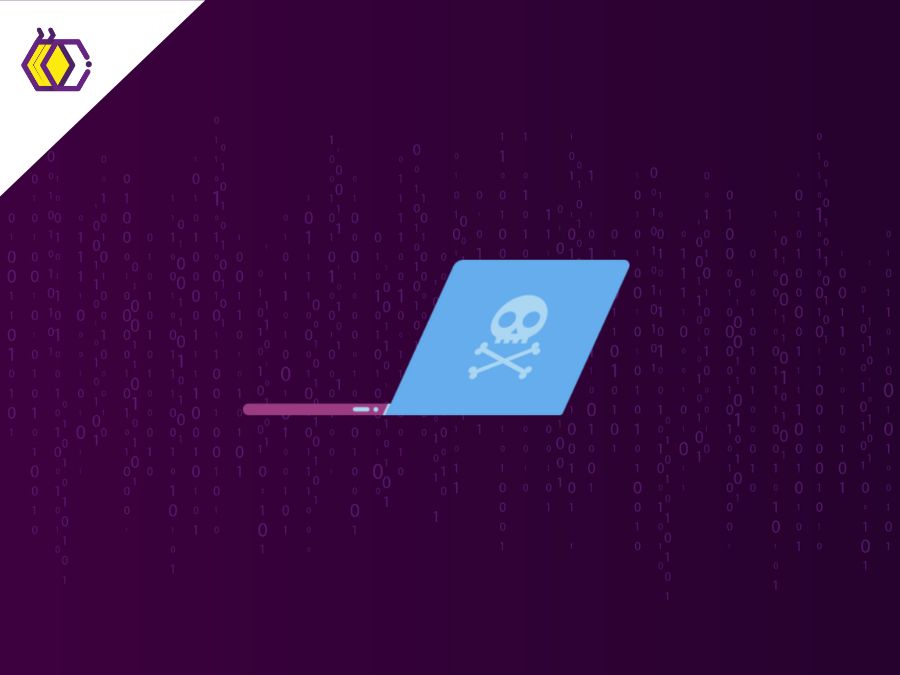
Ethical Software Development
(5 minutes of reading)
Developing software is a complex activity that goes far beyond simple coding. It involves a meticulous process of planning, design, implementation, testing and maintenance to create reliable, efficient, and secure systems. However, in addition to seeking functionality and performance, developers must also carefully consider the ethical aspects of the software they are creating. In this text we will talk about ethics and responsibility when developing software. Come read!...
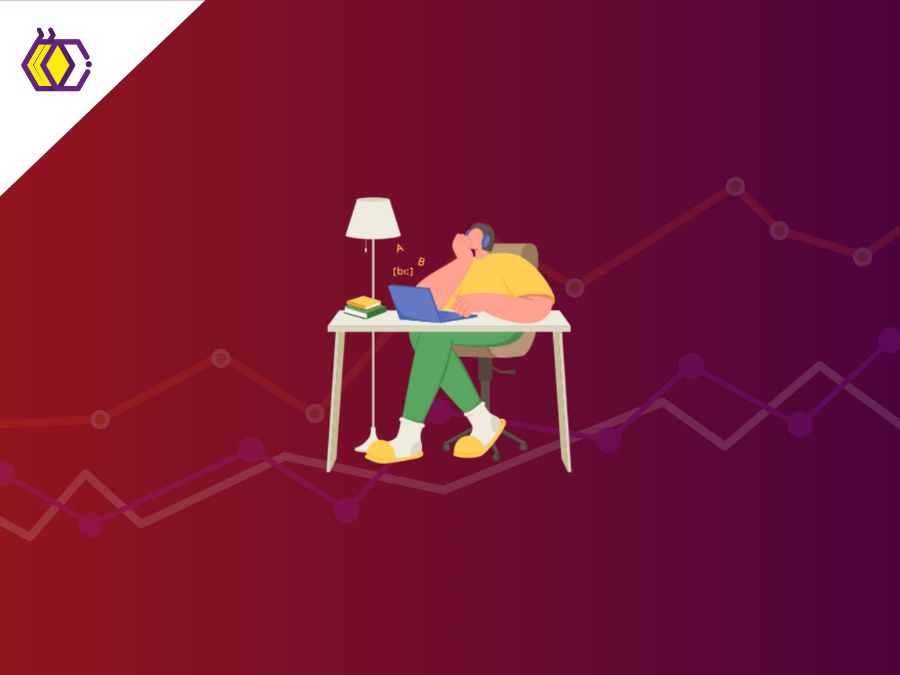
Balance Between Professional and Personal Growth
(6 minutes of reading)
In a world driven by the constant search for professional success, we often find ourselves immersed in our careers, forgetting the fundamental balance between professional and personal growth. As we dedicate hours to coding, solving problems, and advancing our technical skills, it's essential to remember that our journey as human beings go beyond the lines of code. Come read our text and see super cool tips on how to achieve this balance!...

How to Highlight Programming Competition Awards on your CV
(6 minutes of reading)
In a field as dynamic as software development, it is crucial to stand out from the crowd. An exceptional way to do this is through recognition and awards won in competitive programming competitions. In addition to demonstrating your superior technical skills, these awards attest to your ability to solve complex problems, collaborate as a team, and deliver exceptional results under pressure. Today we will talk about the curriculum and competitions, are you interested? Come with us!...
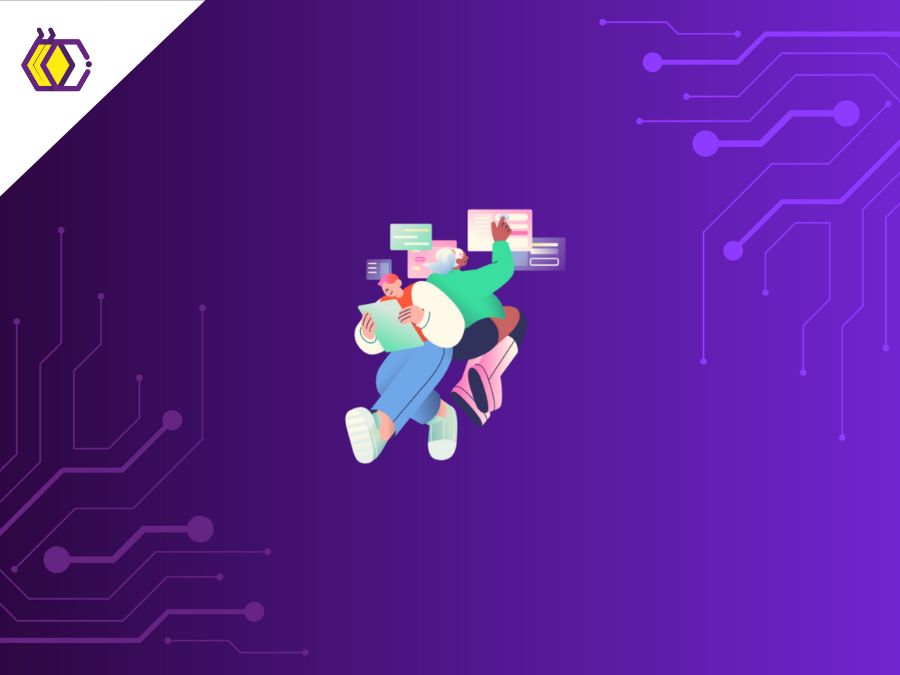
Open Source and Collaboration
(5 minutes of reading)
If you're ready to start exploring the world of open source, be aware that you will encounter many learning opportunities and challenges. Collaboration is at the heart of this environment, driving innovation and influencing the direction of technology. Come read our text to find out more about this subject!...


 Innovation
Innovation 



